
Everything You Need to Know About Crossing the Colombia-Ecuador Border
Greetings from Quito, Ecuador! We are so happy to be resuming our year-1 travel plan since the protests in Peru threw a monkey wrench into our itinerary. Needless to say, crossing the Colombia-Ecuador border on foot to get to Quito was not part of the plan!
We were supposed to arrive in Quito, Ecuador like most travelers do – by plane. But we were forced to leave Peru 1 month earlier than planned. Thankfully we were able to adjust our travels on the fly and spend that time in Colombia without busting our budget.
But this presented a new problem.
Flights from Santa Marta, Colombia to Quito, Ecuador were not cheap, costing hundreds of dollars for each ticket! And since we already had our Ecuador Airbnbs and exit flights locked in, we needed to find a budget-friendly way to get to Ecuador from Colombia so we could resume our year 1 travel plan.
Thankfully, crossing the Colombia-Ecuador border by foot ended up being the perfect solution. It was safe, cheap, and surprisingly drama-free. It does take more planning and requires a bit more schedule flexibility to pull off. But these are no big deal to Two Travel Turtles, especially if it saves us money!
So let us show you how we made our run for the Colombia-Ecuador border and arrived in one piece in Quito, Ecuador. That way, you can too!
A TTT Guide to Crossing the Colombia-Ecuador Border
- Day 1 – Get to Ipiales, Colombia
- Day 2 – Cross the Colombia-Ecuador border and get to Quito, Ecuador
- Closing Thoughts
Our journey to Quito, Ecuador was completed over 2 days, with different goals each day:
- Day 1 – Get to Ipiales, Colombia
- Day 2 – Cross the Colombia-Ecuador border and get to Quito, Ecuador
Day 1 – Get to Ipiales, Colombia
The Colombia-Ecuador border crossing is very close to Ipiales, Colombia (Google Maps), so most travelers going to Ecuador this way use Ipiales as a staging area. This is what we did, and is what we recommend to other like-minded travelers. Keep in mind that there are several ways to get to Ipiales, but because of its distance from Taganga, Colombia, air travel was the best method for us.
And once we crossed the border, we would have to find bus travel that would take us to Quito, Ecuador.
So here is our blow-by-blow account of what happened during our two-day journey.
Day 1A – Fly to Pasto, Colombia
The closest airport to Ipiales is Aeropuerto Antonio Narino (Google Maps) in Pasto, Colombia.
So on January 25, we left our Airbnb in Taganga, Colombia, and flew to Pasto, which required a 5-hour layover in Medellin. We flew on Viva Airlines and our mid-grade tickets would have cost us $57.82 USD each. But we used points from our Capital One Venture Rewards credit card (affiliate link) to pay for them, so they were effectively free.
We left for the airport at 6 am and took a taxi directly to the Simón Bolívar International Airport outside Santa Marta. Normally this taxi would have cost us $50,000 COP ($11.05 USD), but by coincidence, our Airbnb host needed to go to the airport at exactly the same time. So we were able to share the cab!
And our host surprised us by paying the entire fare to make up for the intermittent electricity and internet disruptions we experienced during our Airbnb stay. This was completely unnecessary considering this is a semi-regular occurrence in our remote area of Colombia.
But he insisted so we accepted!
Our flight was supposed to leave Santa Marta for Medellin at 9:15 am. And when we landed in Medellin the plan was to use free airport lounge passes to spend the time productively writing and studying.
Unfortunately, our flight to Medellin was delayed by two hours and we ended up landing at around 1 pm.
So instead of wasting our passes on a short lounge stay with mediocre amenities, we just grabbed a couple of burgers in the main concession area and waited things out.
Thankfully, our flight from Medellin to Pasto, Colombia was on time, and we landed without incident at 4:50 pm. And once we got situated, we left the Pasto airport entrance at 5:15 pm.
Day 1B – Get to Ipiales, Colombia
Now that we were in Pasto, we normally would have explored public transportation options to get us from the airport to Ipiales. But they involved multiple steps, more time, and a not-small amount of uncertainty as to whether the bus station in Pasto would be open when we arrived.
Night was falling and we didn’t want to get stuck in Pasto, so we took a shared taxi directly to Ipiales. It wasn’t cheap at $150,000 COP ($33.20 USD), negotiated down from $200,000 COP. But it was a 2-hour ride, so perhaps it wasn’t so unreasonable for a taxi. And it likely saved us an hour of extra travel time.
Here is the taxi route we took:
If we arrived at Pasto earlier in the day, we would have done things a little differently.
We would have taken a taxi from the airport to Pasto Bus Terminal, and then from there a cheap bus to Ipiales. Getting to Ipiales this way would have saved us at least $20 USD, but sometimes you need to spend a little more to avoid putting yourself in an uncertain situation without a plan B.
The taxi ride to Ipiales was gorgeous! Tons of majestic mountain views on surprisingly well-kept roads. Thankfully there was still enough sun to appreciate the views for most of the trip.
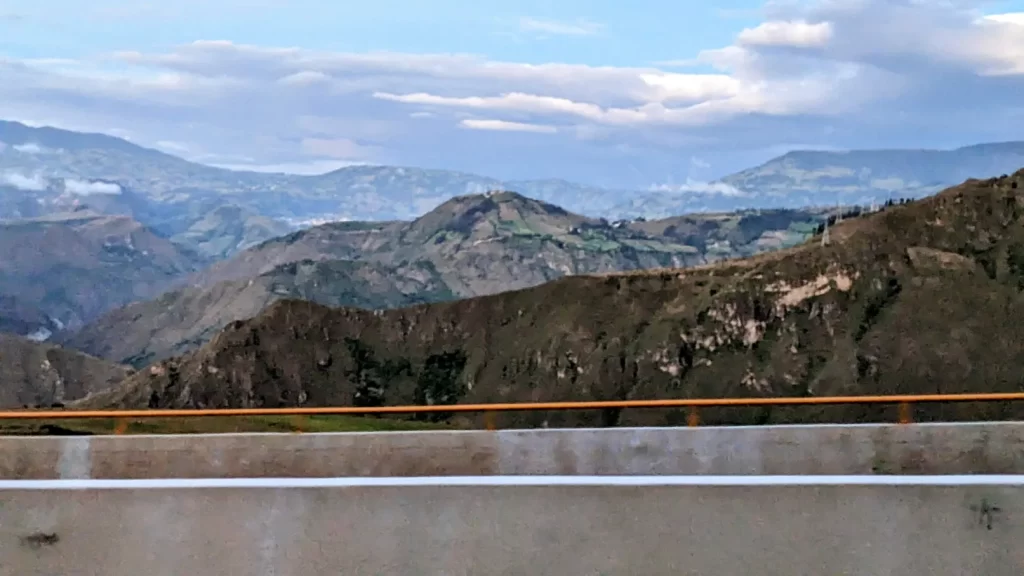
We arrived at the Ipiales Bus Terminal at around 7:15 pm. Many taxis were waiting for passengers here, and there were several hotel options right next to the bus terminal where reservations in advance are not needed.
We decided to stay at Hotel Mowa (Facebook; Google Maps) because it was 50 meters from the bus terminal, had solid reviews, and had a good, cheap local restaurant built into it. And its proximity to the transfer station was truly a blessing because getting a taxi the next morning to the border crossing would be super easy. If Hotel Mowa were not available for some reason, Hotel San Jose would have been our next choice.
A room for two, with a hot shower, internet, and TV was only $60,000 COP ($12.84 USD). The room was small, the bathroom comparatively large, and it was quite comfortable for a night’s rest. And we were shocked at the overall cleanliness of the hotel. It was absolutely spotless!
After we checked in, we first dropped off our luggage in our room. We then ate at the hotel restaurant, which was really good and cheap! But we didn’t explore Ipiales since it was so late and we were so tired. Over dinner, we watched some of the Brazil vs. Colombia football match on the TV with the locals, then crashed in our room when we were done.
For a one-night stay for use as a staging ground for crossing the Colombia-Ecuador border, Hotel Mowa was a great choice.
Day 2 – Cross the Colombia-Ecuador border and get to Quito, Ecuador
Day 2A – Crossing the Colombia-Ecuador Border
The next day (Thursday, January 26) we left the hotel at 6 am to get to the Colombia-Ecuador border. We hired a taxi to take us on the 15-minute trip to the Rumichaca Migration Office (Google Maps) on the Colombia side of the border.
Our taxi fare was $15,000 COP ($3.76 USD), which we haggled down from $20,000 COP. The price was still a little steep based on what we were expecting, but we wanted to get on with our day.
6 am may seem excessively early to make the Colombia-Ecuador border crossing. But there are stories where people had to wait in line for 5 to 10 HOURS to make it through the process.
So we went as early as possible to try to avoid this problem.
When we arrived at the Rumichaca Migration Office at 6:15 am, workers proactively directed us in the correct direction to get our passports stamped by the Colombia Immigration Office.
There was no line, and the process only took 5 minutes.
Having gotten our Colombia exit visa stamps in our passports, we were directed to walk across the bridge spanning Rio Chiquito, which took us into Ecuador. We were the only people making the walk into Ecuador!
When we reached the other side, we immediately entered the Ecuador Immigration Office building. You could definitely tell from the barrier setup that long lines are a regular occurrence here.
We entered the building and saw that there were only 6 people ahead of us waiting to see one of the 3 available immigration control officers. Signs outside the office instructed people to leave their luggage outside, but no one ahead of us did. So neither did we!
No point in risking theft if you don’t need to.
We waited no more than 5 minutes in line. And when we met our immigration control officer, there was little discussion. Once I told the officer that we were going to Quito, he inspected our passports in silence, stamped them, then sent us on our way.
NOTE: If you are not from the United States, you may need to apply for a separate visa in advance to cross the Colombia-Ecuador border. So do your due diligence and check before you try to cross!
All in all, this was a seamless border-crossing experience. When I checked the time after our passports were stamped in Ecuador, it was 6:38 am.
The entire Colombia-Ecuador border crossing process only took 23 minutes!
Based on our experience we strongly recommend anyone attempting this crossing leave Ipiales for the Colombia-Ecuador border at 6 am on a weekday. If you do, we think you’ll have the same positive outcome.
Day 2B – Getting to Quito, Ecuador
But we weren’t done yet!
Now we had to actually get to Quito, Ecuador since we successfully made it across the border. Thankfully this process was just as smooth as the border crossing!
Our first task was to get to the Bus Terminal in Tulcan, Ecuador (Google Maps). We needed to get to Tulcan because that is where you can charter a bus to Quito!
So once we were done at Ecuador Immigration, we exited the building and saw a parking area with lots of white collectivo minivans and taxis, all of which were vying for our business.
We ignored the taxis and went right to the collectivos!
We confirmed that they were going to Tulcan Terminal, so we paid the $0.80 USD per person fare (!), loaded our luggage, and were on our way with about 8 other people. The United States Dollar is the official currency of Ecuador, so it was a good thing we had ~$100 USD emergency cash to deal with these kinds of situations.
We arrived at the Tulcan Bus Terminal in about 30 minutes.
Once we arrived, bus terminal attendants immediately asked everyone on the collectivo where they were going. We told the attendant “Quito“, and he walked us to the office which sold tickets for buses to that destination. We went to the office and paid the fare ($7 USD per ticket) and were directed to the actual bus station where we would get picked up.
Our bus was to leave at 7:30 am, which was in 10 minutes!
We paid the fee to enter the bus station ($0.25 USD per person), entered the bus waiting area, and our bus pulled in at 7:30 am sharp.
It was a large, Greyhound-style bus (for those from the USA) with cushy seats and WiFi, much to our surprise. This was a good thing because the route to Quito was 5 hours long!
Here is the route our bus took:
The scenery was gorgeous the entire way. The mountain views were striking! And it was impressive how well the driver could make our bus slalom at speed along some EXTREMELY windy roads.
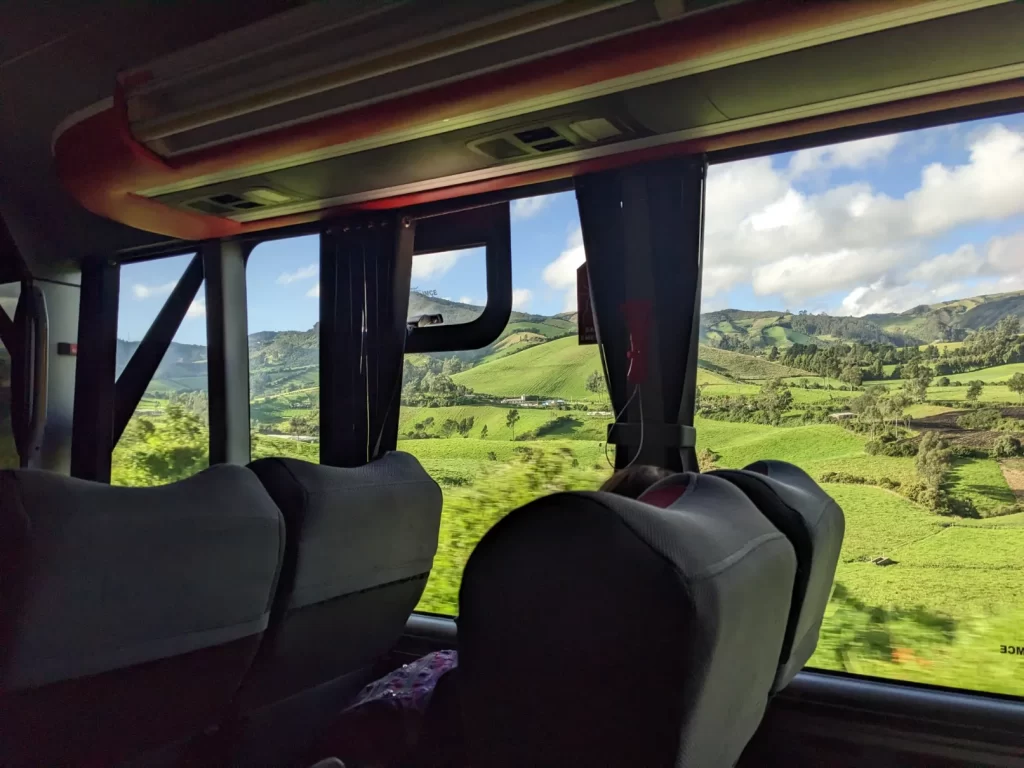

We pulled into the North Quito Bus Terminal (Google Maps) at about 12:30 pm. We were in good spirits but were tired. But we were just one 30-minute taxi ride away from our Airbnb in the Pambachupa neighborhood of Quito!
Mercifully, taxi drivers were plentiful at the bus station, and we were quoted a fare of $9 USD for the trip. This was below the cost our Airbnb host suggested was fair ($10 maximum), so we immediately agreed and left for our new apartment.
We will show you our new Quito Airbnb in our next post!
Closing Thoughts on Crossing the Colombia-Ecuador Border
Honestly, Rhonda and I were shocked at how smoothly our two days of travel went. Aside from the initial flight delay (which didn’t affect anything), the entire process went more quickly than we predicted, especially at the border crossing!
23 minutes has to be some sort of land speed record there.
And we never felt unsafe at any point. There were tons of police at the border crossing areas and the transportation industry workers in both Ecuador and Colombia were quick to help us out with a smile.
But if you do plan on copying how we crossed the border, do yourself a favor and cross on a weekday at 6 am!
Until next time…
Thanks for reading!
If our posts have saved you time, money, or are enjoyable in some other way, BUY US A COFFEE! It helps cover the costs of our blog, keeps our blog ad-free, and motivates us to continue posting about our experiences.
And leave a comment below and subscribe to get email notifications whenever we post!
Follow Two Travel Turtles on Facebook and X.
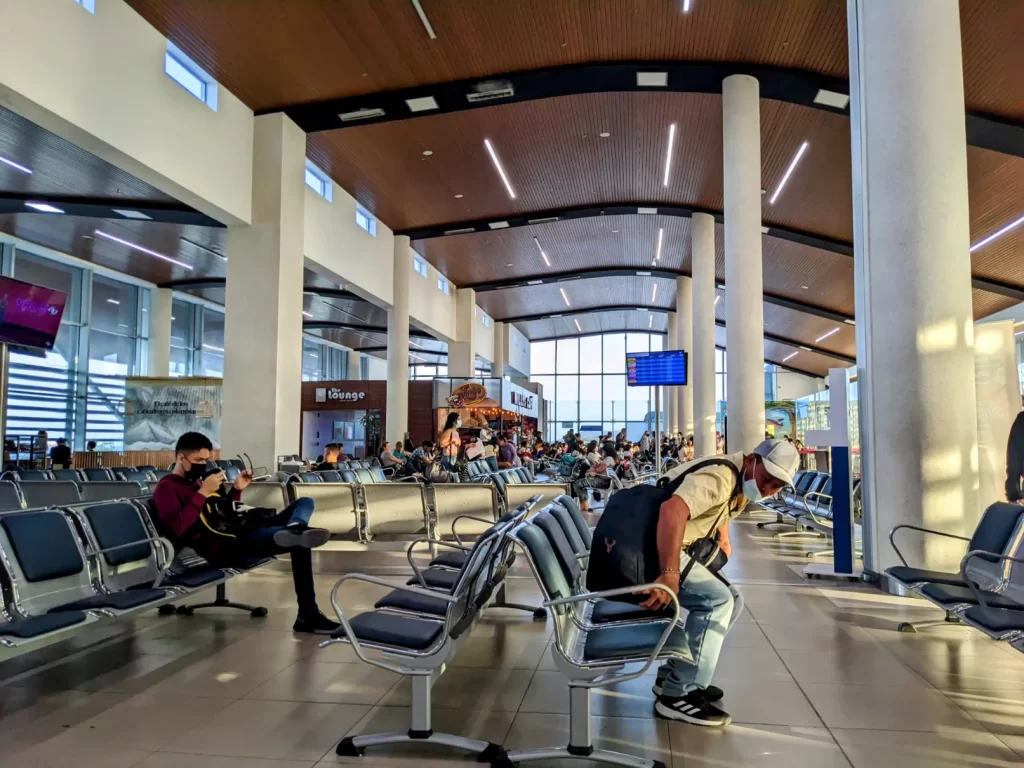
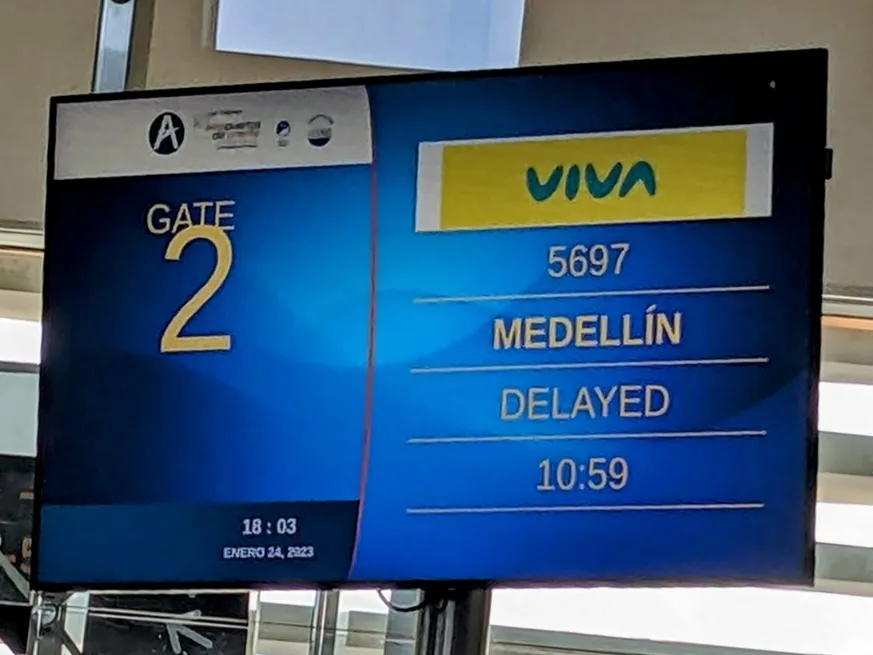
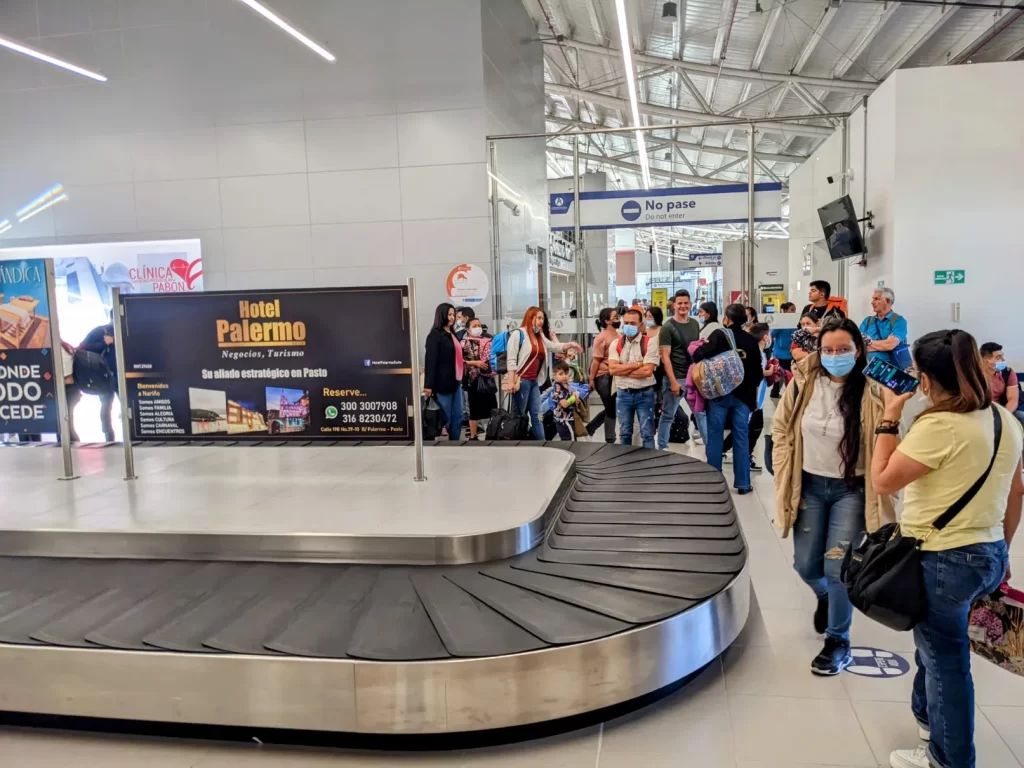
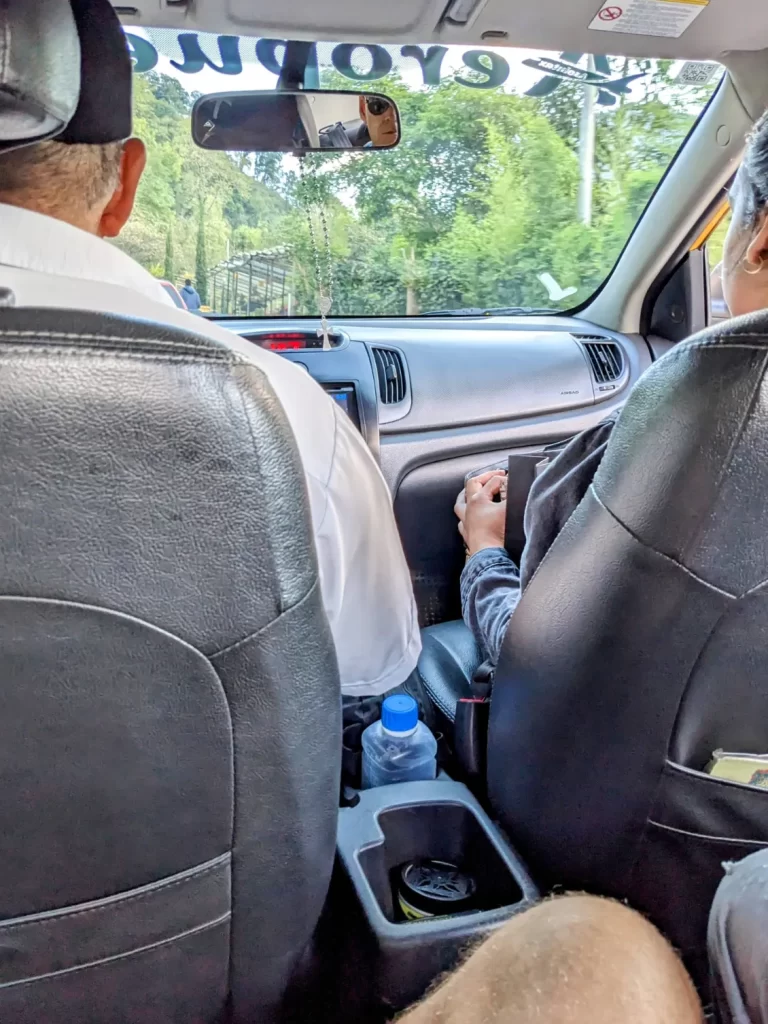
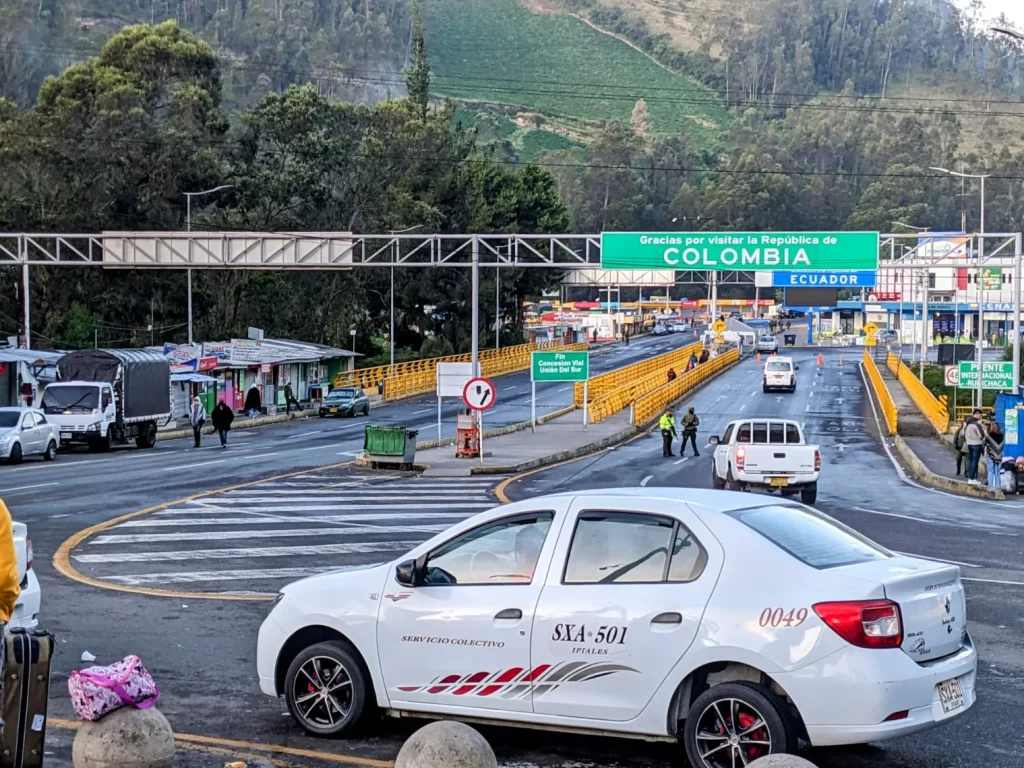
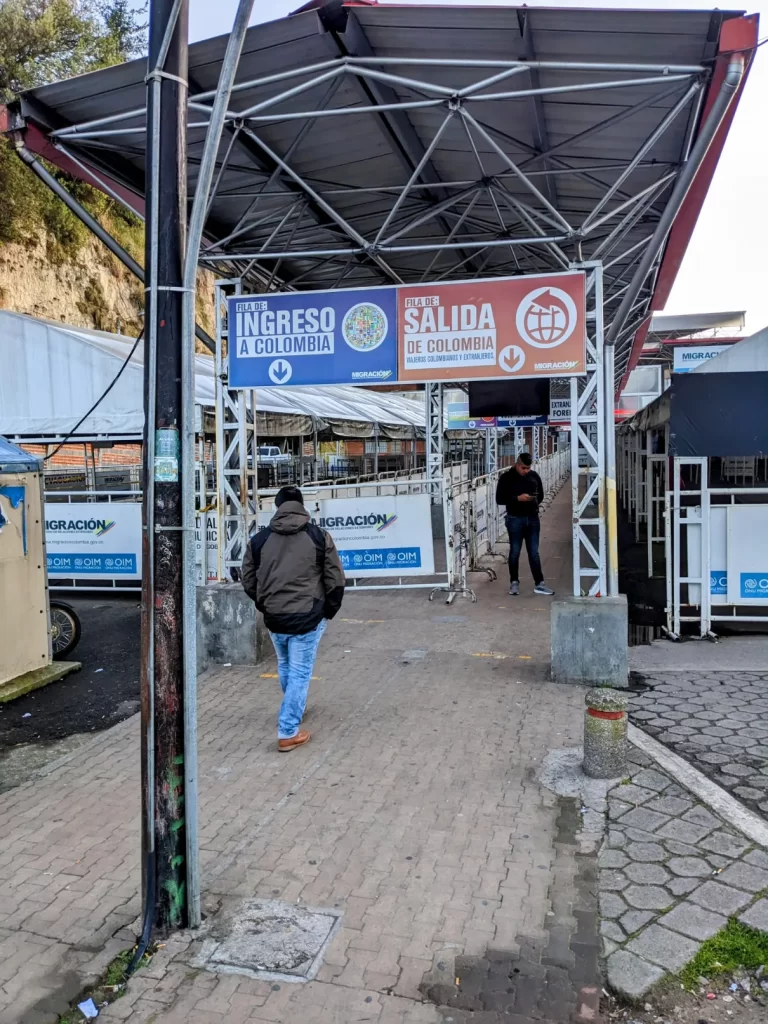
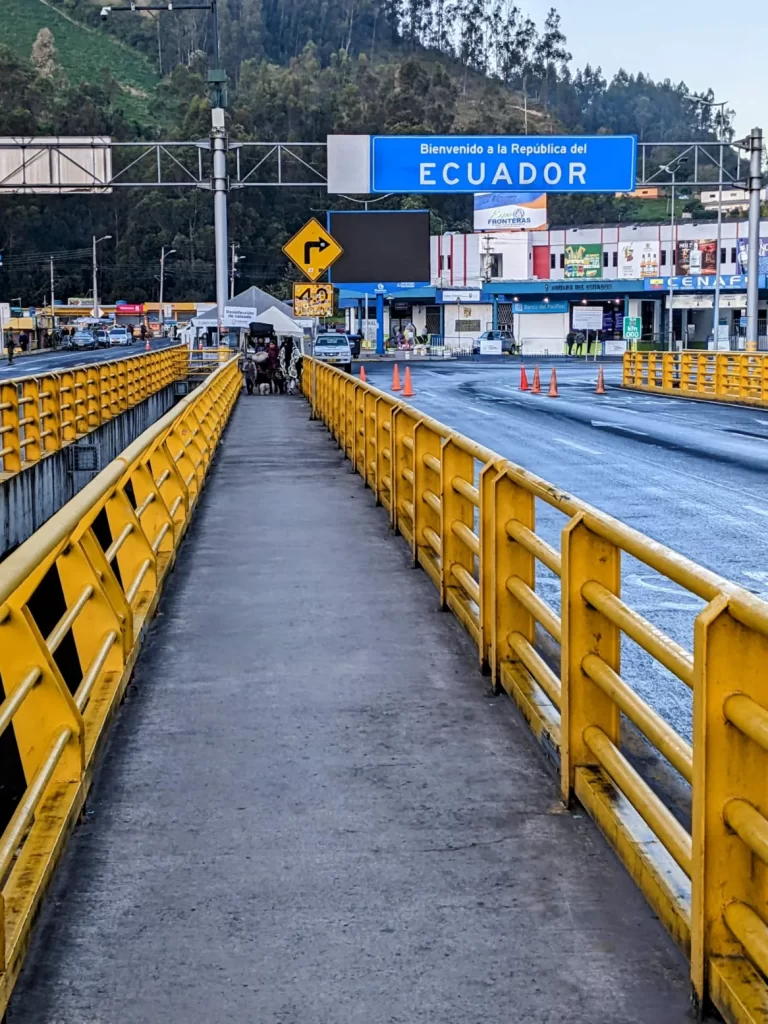
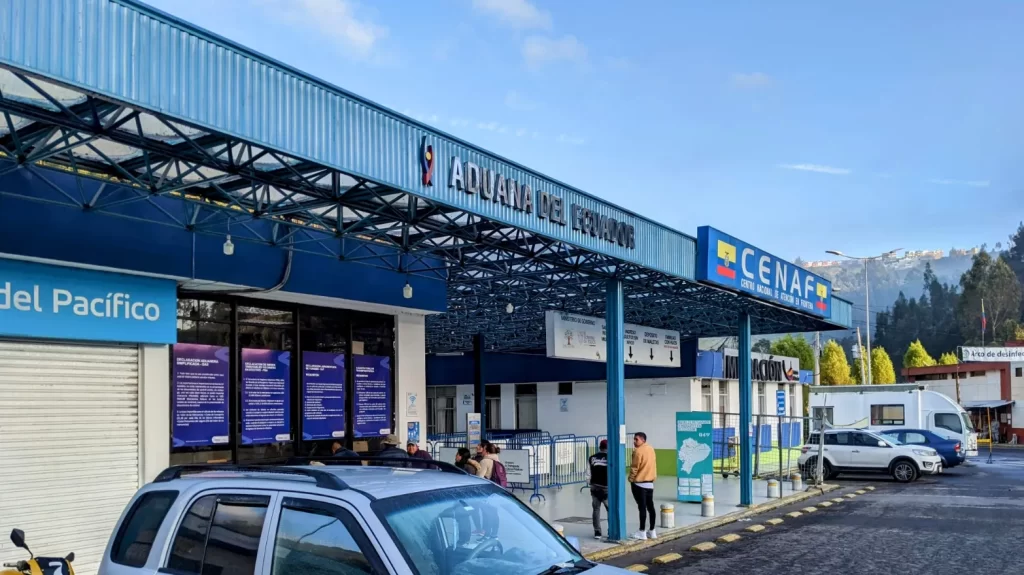
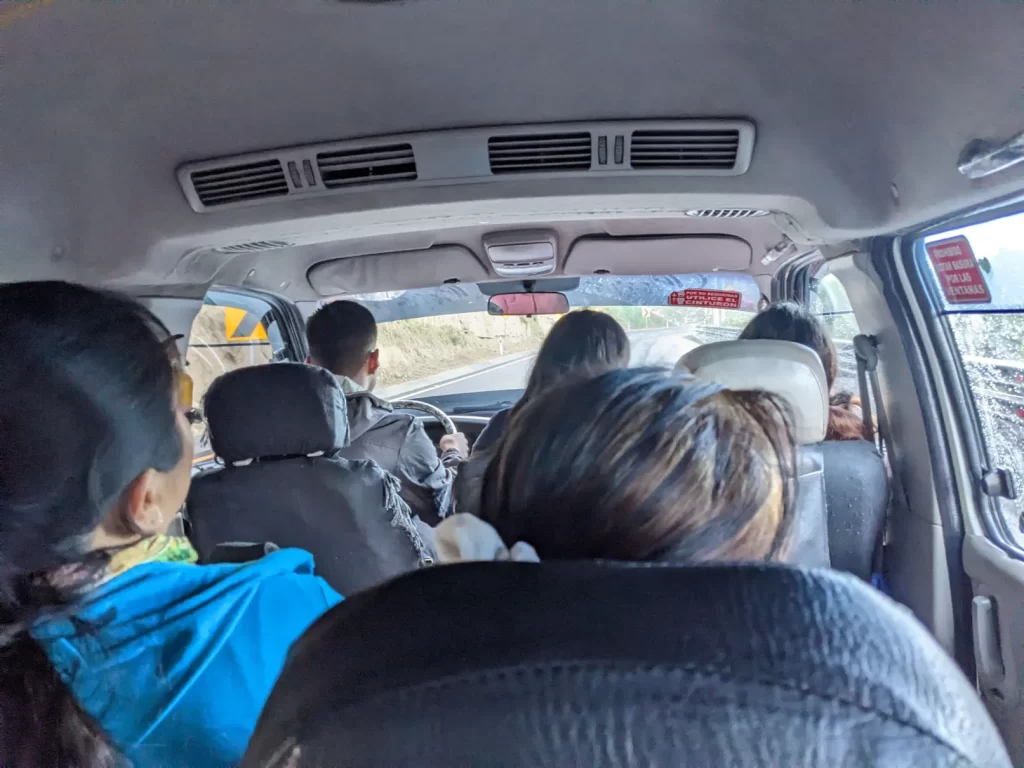
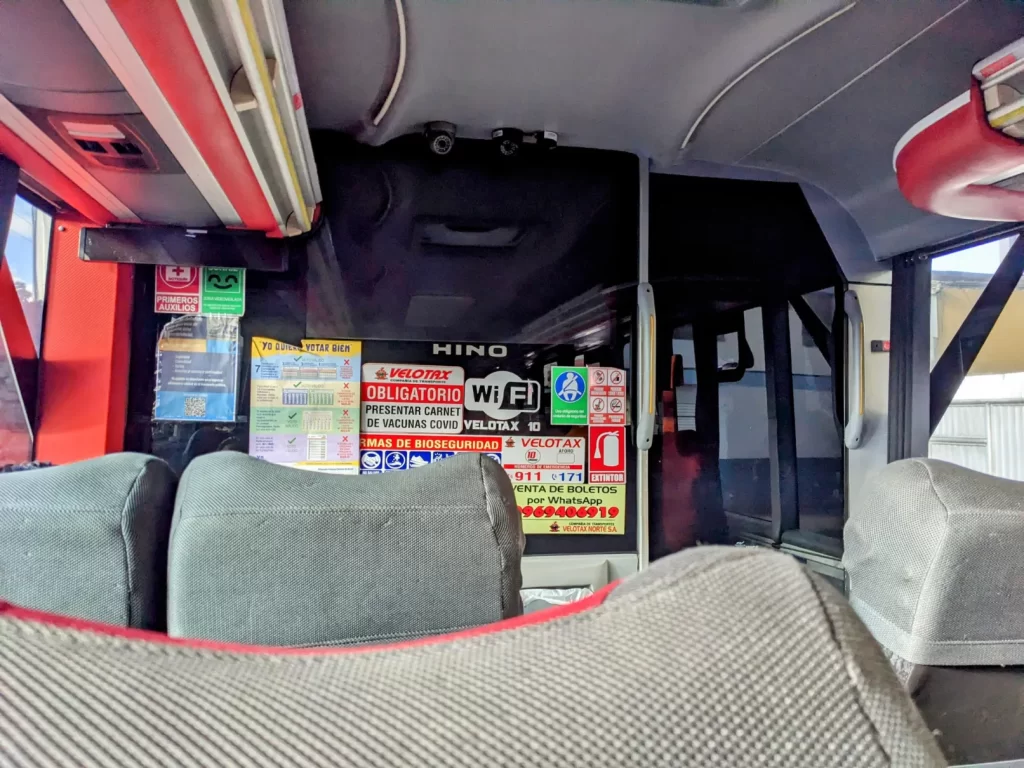
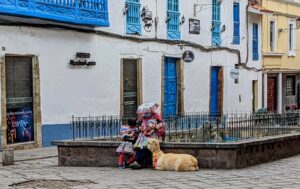


2 thoughts on “Everything You Need to Know About Crossing the Colombia-Ecuador Border”
Marvelous!!
And a bit crazy. 🙂